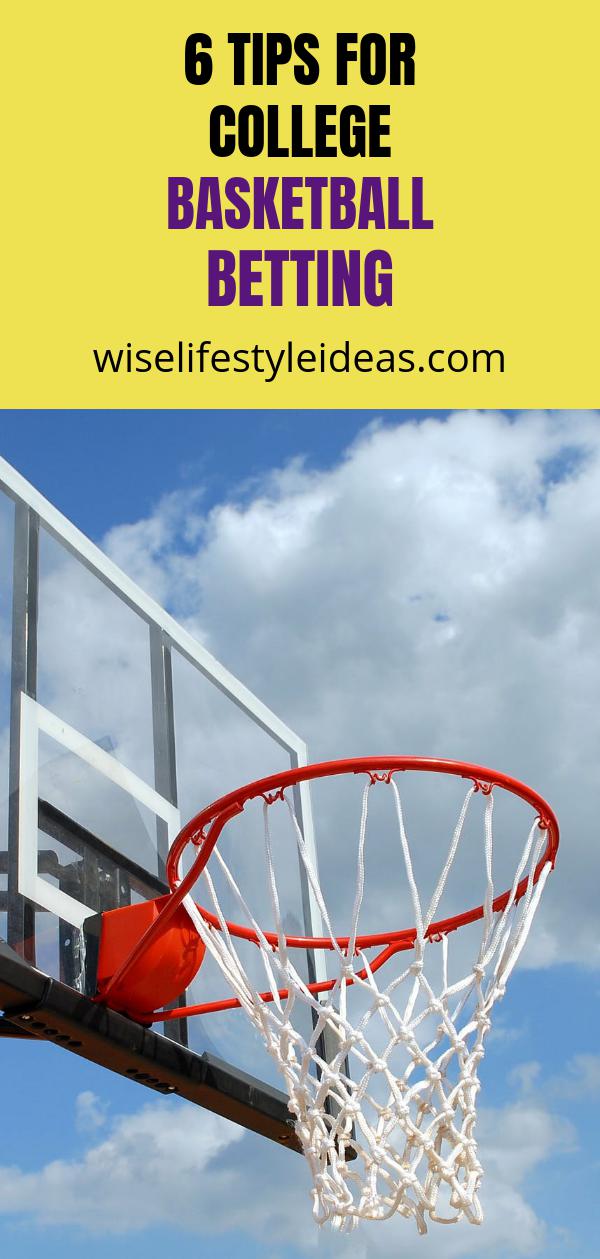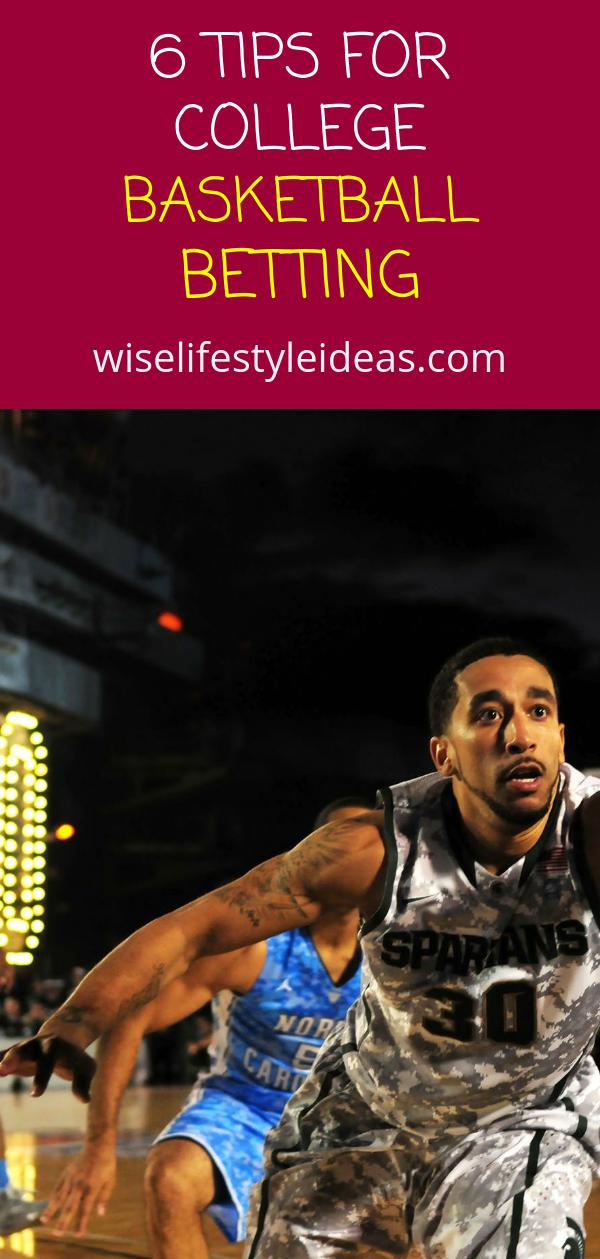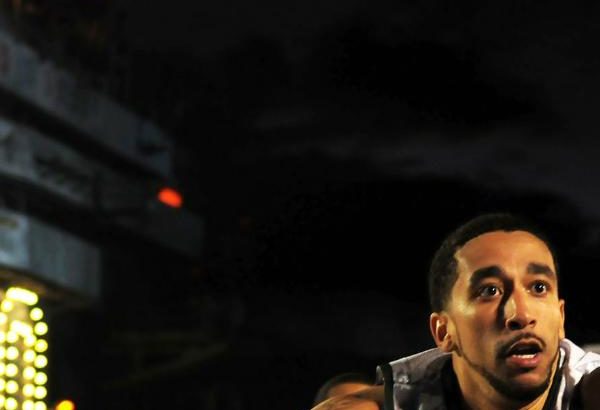In terms of sheer numbers, no sport matches the opportunity, intrigue, depth of quality, or endless variety involved with college basketball betting. Nearly every day of the week, from mid-November through March, bettors, and sportsbooks match bankrolls on the hardwood fortunes of 235 teams in more than a dozen conferences.
While number crunching and detailed analysis always are essential tools in college basketball betting, a degree of ‘art’ compliments the ‘science’ and is helpful, too. The successful bettor understands that subjective analysis of a number of other factors also must be considered.

Let’s look at a number of these elements:
Teeming with teams: Competition all but mandates that a sportsbook posts prices on over 200 teams, (as compared to 30 NBA clubs) providing the gambler with many more options. For bettors, it’s a lot easier to find a bad number among 100 games than it is to find one among 13 or 14.
Home, sweet home: Sure, the home court is a factor in NBA play but it’s the tiresome travel associated with getting to a road game that puts the visiting team at a disadvantage in the pro ranks. For that reason, NBA spreads are affected more by schedule than by actual home court.
Since NCAA teams only play about 30 games a year, lengthy road trips aren’t a factor in college play. Nevertheless, with its requisite contingent of chanting, sign-waving students, the home court really does matter in college basketball betting. In fact, the home court can be such an advantage that there may be as much as a 10-point swing in home-and-home series point spreads.
Interestingly, the emergence of freshmen as major contributors has required sportsbooks and bettors to track the careers of high school seniors, monitoring their college choices, and assessing the impact they may have on those programs. Ohio State, North Carolina, Texas, Connecticut, Duke, Tennessee, Washington, Georgia Tech, Louisville, Wake Forest, Stanford, and Kansas are among the schools whose recruiting hauls could have a sizable impact on their fortunes this season.
Since no sport is more affected by a single player than basketball, every new addition–freshman, junior college, or transfer–has the opportunity to alter the dynamic of the team.
Act I begins in mid-November and extends through the end of the year when teams play most of their non-conference games. For teams still seeking an identity, this is a chance for experimentation with different lineups and strategies, a time of growing pains that often are reflected by the point spread. Other teams, ones with experienced players, have an obvious advantage in cohesiveness. After all, basketball is a team sport.
Act II begins with the tip-off of the conference schedule, which starts in January. Teams have worked out the kinks by now and, for the most part, are ready to face a series of opponents with whom they have some familiarity. The teams may play each other as many as two or three times each season–twice in conference play and perhaps again in the league’s tournament–and coaches know each other and their preferred style of play. There are few surprises and, except for those occasions when the very best teams are playing the very worst teams, close games are common.

For the fortunate, the curtain will rise for Act III, the NCAA Men’s Basketball Tournament, in March. It is the unpredictable nature of the “Big Dance,” the convergence of teams that have as much in common as Rick Majerus and hair spray, which makes “March Madness” the oddsmaking and sports betting challenge that it is.
Because of its uniqueness, bet makers and bet takers approach the tournament both respectful and wary of an entirely different set of factors that rarely come into play during college basketball’s regular season. We’ll examine that aspect of college basketball betting next spring.




